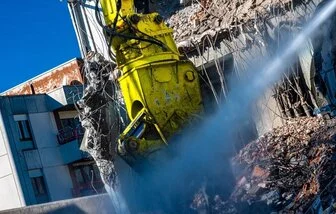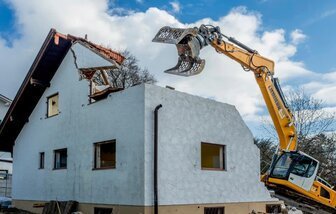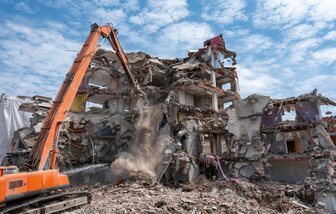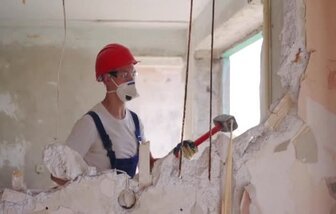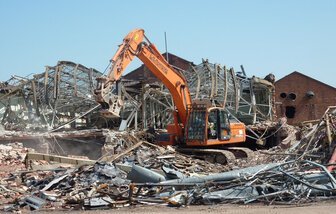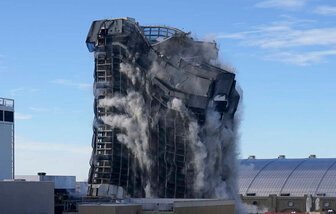Non-Explosive Demolition: An Overview of a Safer Alternative
Non-explosive demolition is an essential part of construction and urban development projects. Learn about the methods, benefits, and environmental friendliness of non-explosive demolition. Discover how non-explosive demolition offers safety, precision, and cost-effectiveness. Explore the future of non-explosive demolition in the construction industry.
All you need to know about non explosive demolition
Demolition is an essential part of construction and urban development projects. Traditionally, explosives have been used to bring down structures quickly and efficiently.
However, with growing concerns for safety and environmental impact, non-explosive demolition methods have gained popularity. In this article, we will explore what non-explosive demolition is and what it entails.
Non-explosive demolition provides a safer and more environmentally friendly alternative to traditional explosive methods. With a variety of techniques available, construction and demolition professionals can choose the most suitable method for each project, ensuring efficient dismantling while minimizing risks.
As the industry continues to prioritize safety and sustainability, non-explosive demolition is likely to become even more prevalent in the future.
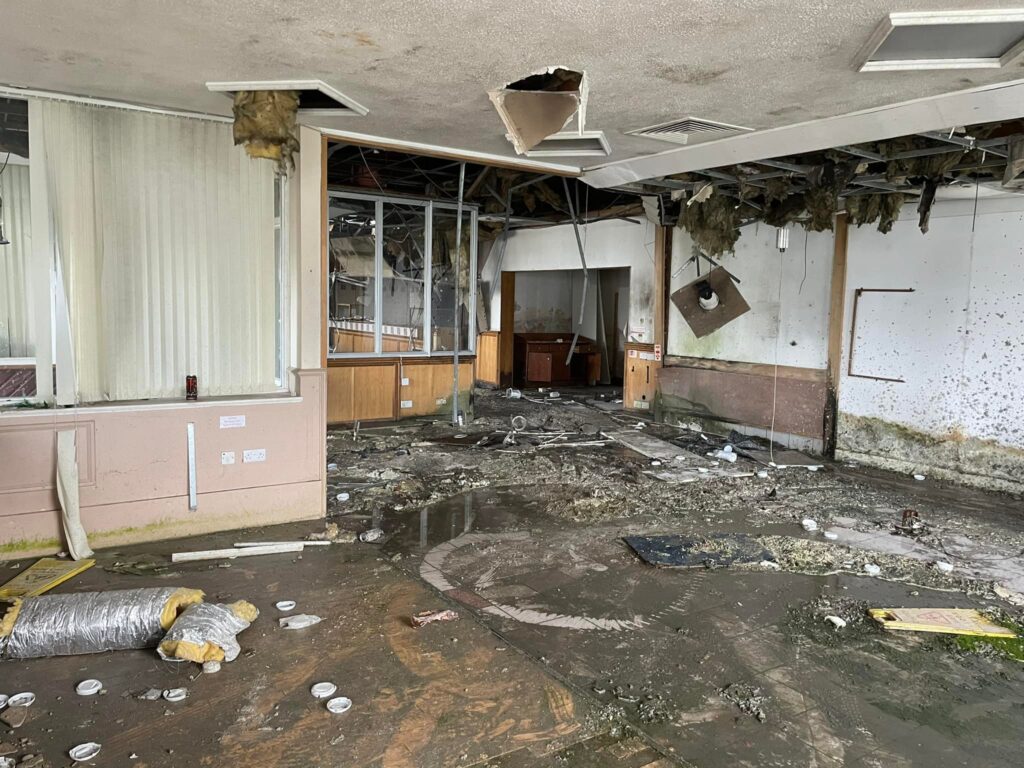
Non-explosive demolition refers to the use of alternative techniques and tools to dismantle structures without the use of explosives. These methods are designed to minimize the risks associated with traditional explosive demolition, such as flying debris, structural damage to nearby buildings, and the release of harmful chemicals into the environment.
There are several methods of non-explosive demolition, each suited for different types of structures and materials:
1. Mechanical Demolition
Mechanical demolition involves the use of heavy machinery, such as excavators, cranes, and bulldozers, to dismantle structures. These machines have specialized attachments, such as hydraulic breakers and shears, which can efficiently break down concrete, steel, and other materials.
2. Hydraulic Bursting
Hydraulic bursting is a technique used to demolish reinforced concrete structures. It involves the use of hydraulic power to create controlled fractures in the concrete, allowing it to be easily removed. This method is ideal for situations where noise, vibration, and dust need to be minimized.
3. Diamond Wire Sawing
Diamond wire sawing is a precision cutting method used to remove large sections of concrete or other hard materials. It involves the use of a wire embedded with industrial diamonds that cuts through the material with high precision. This technique is commonly used in situations where traditional methods are not feasible.
4. Non-Explosive Chemical Demolition Agents
Non-explosive chemical demolition agents, also known as expansive agents, are used to break down concrete structures. These agents are mixed with water and poured into pre-drilled holes in the concrete. Over time, the agent expands, exerting pressure on the surrounding concrete, causing it to crack and break apart.
Non-explosive demolition offers several advantages over traditional explosive methods:
1. Safety
Non-explosive demolition methods significantly reduce the risk of accidents, injuries, and fatalities associated with explosives. Workers and nearby residents are not exposed to the dangers of flying debris or shockwaves, making it a safer option for all parties involved.
2. Environmental Friendliness
Non-explosive demolition techniques produce less noise, vibration, and dust compared to explosive methods. This reduces the impact on the surrounding environment, minimizing disruption to nearby structures, wildlife, and communities. Additionally, some non-explosive methods, such as hydraulic bursting, are water-based and do not release harmful chemicals into the environment.
3. Precision and Control
Non-explosive demolition methods allow for greater precision and control over the dismantling process. This is particularly important when working in urban areas where structures are in close proximity to each other. The use of specialized equipment ensures that only the targeted structure is affected, minimizing the risk of collateral damage.
4. Cost-Effectiveness
While non-explosive demolition methods may require specialized equipment and expertise, they can often be more cost-effective in the long run. The reduced need for extensive cleanup, repairs, and potential legal liabilities associated with explosive demolition can result in significant cost savings.
What is demolition?
The process involves Rotational hydraulic shears and rock-beakers attached to specialist excavators are also used to cut or break through wood, cut steel and crush concrete which reduces the structure to a rubble
What is a premature collapse?
TPremature collapse of these structures is one of the main causes of serious injuries resulting from demolition activities. The most common type of incidents is the lack of planning before commencement
Demolition hazards
If a demolition project is well planned the risks of injury and death can be minimised. It should be emphasised that the planning and execution of a demolition project should only be done by appropriately competent persons.
What is a section 80 demolition notice?
If your considering demolishing an existing building you will need to submit a demolition, Section 80 Notice together with your (RAMS) to your local authority according to section 80
What is a pre-demolition survey
When a building is to be demolished the (non-domestic) client (usually the property owner) has a duty to provide pre-demolition information to the designer and contractor. This will involve a pre-demolition investigation and survey.
How to manage asbestos in demolition
One of the key issues arising in demolition these days is asbestos. Widely used in construction projects by previous generations, asbestos is now accepted as the UK’s largest occupational killer and there are strict guidelines for the safe removal
How to manage your demolition project
Where any redundant building, structure plant has contaminated flammable materials, precautions must be observed to avoid fires and explosions. Specialist advice must be required to identify any residual
What is manual demolition?
Among the methods, manual demolition is found to be most applicable for most sites, especially for areas located in the urban zone. The safety of the demolition process would greatly depend on the type of procedure used.
What is non explosive demolition?
You do not need explosives for every demolition job. Most people assume that for a demolition to be a demolition there is a need for a kaboom. It does not have to be that way
Structural demolition
Structural demolition is not a walk in the park. Total Group is well placed to deliver a safe, environmentally friendly and a budget wise project. We focus on a process that will assist you to salvage and recycle material for reuse.
What is high risk demolition?
The building contractor needs to make a thorough risk assessment to look for both risks and hazards. Control measures are then implemented to prevent any accident that could be fatal.
Controlled demolition methods
If you have a large building that requires demolishing, you cannot rely solely on manual demolition to get the project completed. There is only so much that a team of demolition contractors.
Ready to start your project ?
Let's Work Together
Please complete the form below and someone from the Total team will be in touch.

